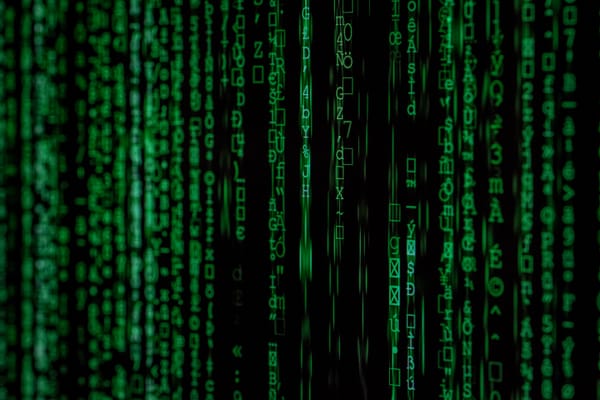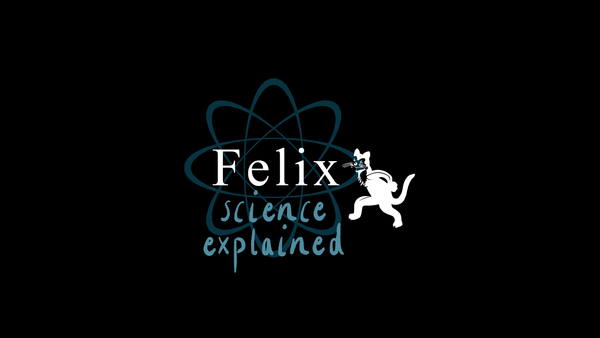Felix Science Explained: How Does the Coronavirus Vaccine Work?
Ioana Esanu (writer) and Liyang Zhao (video producer) tackle a science question that's on everyone's mind at the moment.

Since it was first detected in late 2019, the virus SARS-CoV-2 has taken over the world. According to the World Health Organization, at the time of writing, there have been over 90 million confirmed cases of COVID-19, including almost 2 million deaths.
As cases rise throughout the world, governments have been directing their resources and focus towards finding a vaccine. But how exactly would the vaccine work? Before we can understand this, we must first grasp how the virus works.
What is COVID-19?
COVID-19 is the name of the disease caused by the newly-discovered coronavirus, SARS-CoV-2. The abbreviation stands for Severe Acute Respiratory Syndrome – hence the strong respiratory symptoms associated with the disease. Nature has deemed the virus to have most likely emerged from a bat-borne coronavirus in Wuhan, China.
A single virus is a sphere enveloping a mass of RNA, which holds the genetic code. This is like a set of rules written in a language that the cell can understand. The “rules” outline information such as how to attack the body, how to spread the infection, and much more. The outside is covered in so-called “spike proteins”, embedded in the membrane.
How does it work?
Understanding the infection process has been key to uncovering possible treatments and prevention methods. Upon entering the host’s body the virus’ spike proteins attach to a different protein found on the surface of lung cells, called ACE2. A study published in Science found that the virus dissolves its protein capsule, allowing the RNA payload to flood the healthy cell. The RNA takes control of the endoplasmic reticulum, which means that the virus’ genetic code is now tied to the body. The body will read the set of “rules” introduced by the virus and start performing the actions it is told to do. Essentially, the RNA tricks the host into creating and assembling the parts that make up the virus – this is how the infection spreads through the body.
How do we stop it?
As with any vaccine, the mechanism is simple: expose the host to small parts of the virus and teach the healthy cells how to fight against it. Then, if the body does get infected, it will already have the necessary “weapons” ready for fighting SARS-CoV-2. Dozens of vaccine candidates have tried different approaches – we will highlight some of the most promising results.
Pfizer-BioNTech: RNA vaccine, 2 doses, 95% effective
Moderna: RNA vaccine, 2 doses, 95% effective
Sputnik V: viral vector, 2 doses, 92% effective
Oxford-AstraZeneca: viral vector, 2 doses, 62-90% effective
What is the difference between RNA and viral vector vaccines?
Whatever the type of vaccine, the aim is always to introduce some of the virus into the body, prompting the immune system to produce antibodies and prepare for future potential infections. The question remains: how exactly do we expose the host to the virus?
RNA vaccines such as Pfizer and Moderna contain strands of RNA wrapped up in a shell favorable for human cells. The shell is made up of a single layer of lipids which stick to cell membranes, allowing the content of the shell to diffuse – like a truck unloading its cargo. The genetic code is introduced to the body and provides “instructions” for how to make the spike protein. After the body learns these instructions, it destroys any trace of the RNA. The detection of foreign material prompts the body to create specific T-lymphocytes and B-lymphocytes, which can attack the virus in the future. Lymphocytes are a type of white blood cell involved in immunity; they are produced either by the thymus (type T) or in the bone marrow (type B). Their role is to detect foreign invaders and to generate a response (a “weapon”) that is perfectly tailored to the invader. The “weapons” are called antibodies and they are very effective at neutralizing bacteria and viruses.
Vector vaccines such as Oxford/AstraZeneca and Sputnik V work similarly, but the “vessel” that introduces genetic code into the body is actually a weakened version of another harmless virus. Then, the same process applies: the host learns how to recognize and fight future infections, but eventually destroys the foreign genetic material.
When will I get the vaccine?
Policymakers from around the world have set out plans for how to best deliver the vaccine to the population. This varies from country to country and is subject to change. At the time of writing, the UK has approved both the Pfizer/BioNTech and Oxford/AstraZeneca vaccines. The Pfizer one is given in two doses, 21 days apart, while the Oxford one requires 28 days between doses. The priority list that states which citizens get the vaccine first is widely decided by the Joint Committee on Vaccination and Immunisation (JCVI)7.
The first phase of administration is focused on supporting the NHS and social care system. This means that residents of care homes and most people over 65 will be the first to receive the vaccine. Younger people with severe underlying conditions will also have early access. Additionally, NHS staff and other frontline workers (such as teachers or public servants) are among the prioritized people.
The larger population will likely be vaccinated later in the year 2021, depending on future developments.
Common myths debunked!
COVID-19 is everywhere on the news and in the media. The overload of information can make it difficult for people to separate fact from fiction. We will thus discuss some common misconceptions about the vaccine, and some helpful scientific explanations so that you can learn how to challenge them.
“I’m afraid the vaccine isn’t safe because it was developed too quickly!”
Normally, developing a vaccine can take up to an entire decade – so why was the COVID-19 one developed in less than a year? That is because the growing pandemic urged an emergency response from nearly every nation on the globe. Huge amounts of financial and intellectual resources were put forward by governments all around the world. The availability of these resources allowed scientists to focus solely on this vaccine, offering much quicker results. We can take comfort in knowing that the vaccine went through every step of the safety protocols outlined by the Medicines and Healthcare products Regulatory Agency (MHRA) – otherwise it would be illegal to administer it!
“I don’t need the vaccine, I’ve already had COVID.”
At this point in time, there is not enough data to confirm whether previously infected people maintain prolonged immunity. Antibody tests conducted by Imperial College London have revealed that some people who have had the virus lose their antibodies over time, and thus are susceptible to future infections. More research needs to be done on this topic, but the bottom line is that getting the disease does not guarantee immunity.
"We don’t know what the possible side effects are!”
Immediate side effects are common after any vaccination. Upon receiving the shot, most people will have a sore arm at the site of injection, while a few could develop a headache, tiredness, or even a high fever. These symptoms should go away quickly and are no reason for worry. Long-term effects, however, have yet to be studied – but this is no different to any vaccine developed in the past. In the 20th century, large-scale vaccine administration would take decades. Nowadays, health professionals have had experience with two very successful, rapidly-developed vaccines, namely the Ebola and the meningitis vaccines. After the outbreak of Ebola in West Africa in 2014-2016, resources were funneled towards development and roll-out of a vaccine. After research began, the vaccine was trialed and approved in just ten months. Vaccination of the community began soon after, and African countries started declaring to be Ebola-free. No long-term effects have been found since.
“What about the new variant?”
Viruses mutate constantly, to adapt to our attempts at eradicating them. Even the Ebola virus, thought to have been defeated, is starting to show up again in new ways. Last month, two variants of SARS-CoV-2 have been discovered, predominantly in the UK. Will the vaccines still be effective? That is a question which the world’s leading scientists are trying to answer. Whatever the outcome, one thing remains certain: science has always and will always persevere. While testing continues, it is our duty to protect ourselves and those around us!
The Felix Science Explained team sincerely hopes this has been informative and useful for you. The COVID-19 vaccine is a great scientific feat, and we are optimistic that the world is one step closer to beating the pandemic!
To watch Liyang Zhao’s fantastic video on RNA vaccines, please click here.






